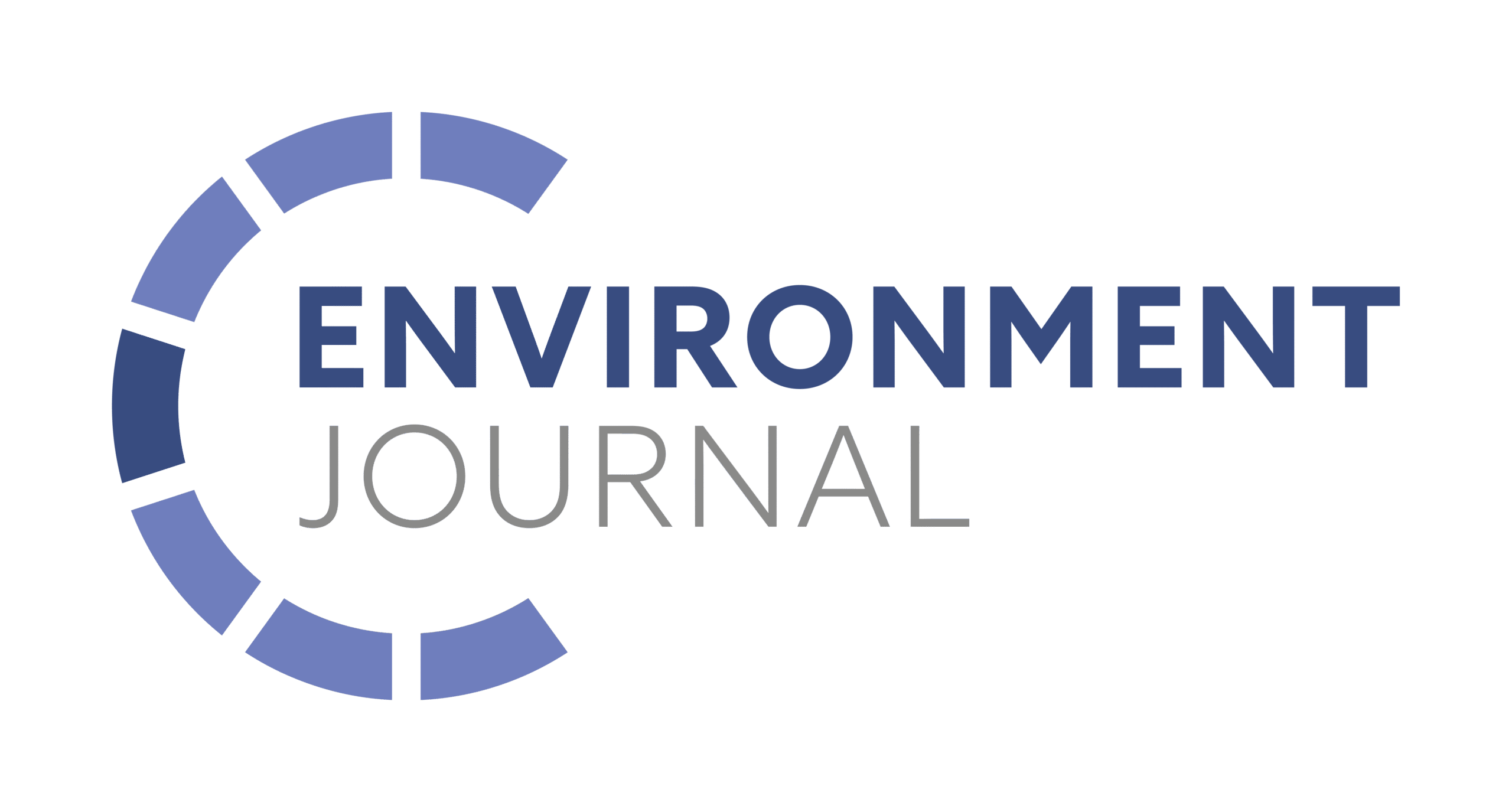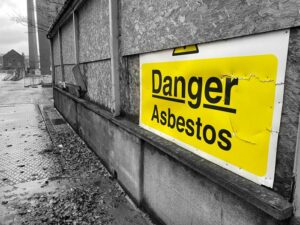Researchers from McMaster University in Ontario, Canada have found that smoke from wildfires can transport toxic pollutants across hundreds of kilometres, depositing them on buildings in the heart of urban areas.
The pollutants in question here are polycyclic aromatic hydrocarbons (PAHs) which can cause respiratory issues, cancer, and developmental problems. They are produced when organic matter decomposes at high temperatures, such as during a forest fire.
That people should avoid inhaling of PAH-laden smoke during a wildfire is obvious, yet the dangers they present may remain long after the smoke has cleared.
In Canada, 2023 and 2024 were the worst wildfire seasons the country has ever seen, and they are becoming an increasingly global problem. There have been over 1,500 wildfires in England and Wales since 2021.
To investigate the longer term effects of wildfire smoke, the McMaster team used volunteers in Kamloops and Calgary to collect samples from their backyards between August and November 2021. The samples were collected on surfaces similar to those found across any city.
Iris Chan, a graduate student in the Department of Chemistry & Chemical Biology and lead author of the study said: ‘There is a great deal of public awareness and research on air quality related to North American wildfires, but the long-term impact of smoke drifting into cities is virtually unknown.
‘Over time, these surfaces accumulate what is known as “urban grime,” a buildup of deposited particles and other chemical compounds that can hold and re-release pollutants such as PAHs.’
The team looks for a relationship between PAH build-up on the samples and wildfire activity. The latter was determined by using by looking for evidence of carbon monoxide and PM2.5 in local air quality data.
They found that fires in Saskatchewan, led to levels of toxins on the Calgary samples nearly doubling, despite the fires being 500 km away.
In Kamloops, meanwhile, it was found that an increase in toxins was driven by local fire burning events. This was determined by analysis of the samples in the absence of significant wildfires in the region.
The accumulation of PAHs grew worse over time, until washed away by rain.
Sarah Styler, who supervised the study and holds the Canada Research Chair in Atmospheric Chemistry at McMaster. said: ‘We should be mindful that the minor things people do every day, like using their barbeque or having a campfire in the backyard, can have a significant and long-lasting impact on their local environment.’
‘We would then expect precipitation to release pollutants into stormwater runoff, with the potential for adverse consequences for downstream water bodies, sediments and aquatic life.’
















Leave a Reply